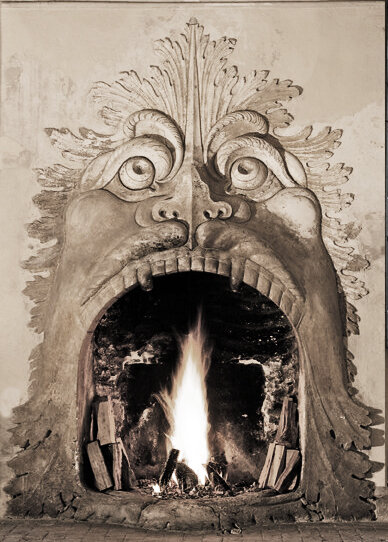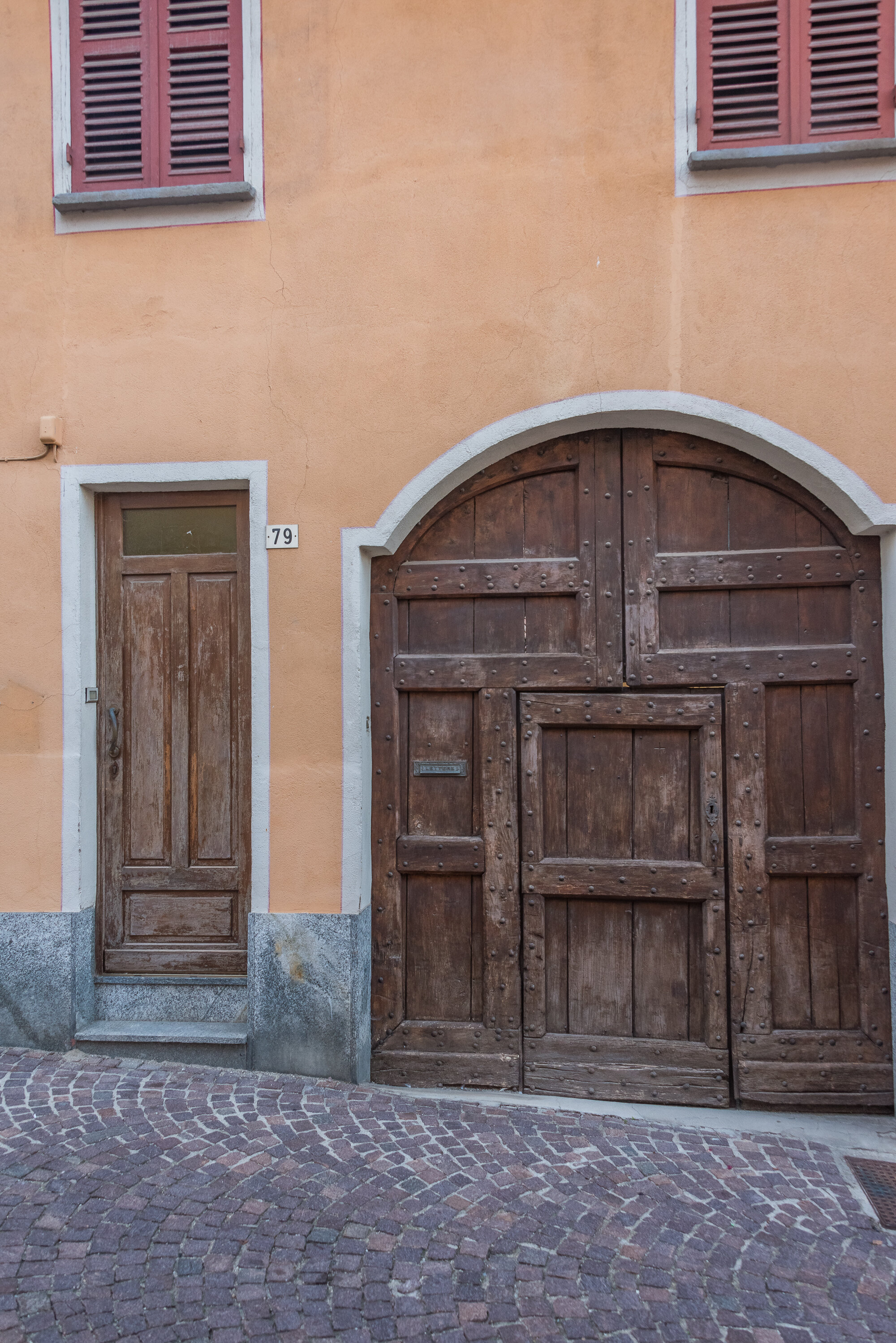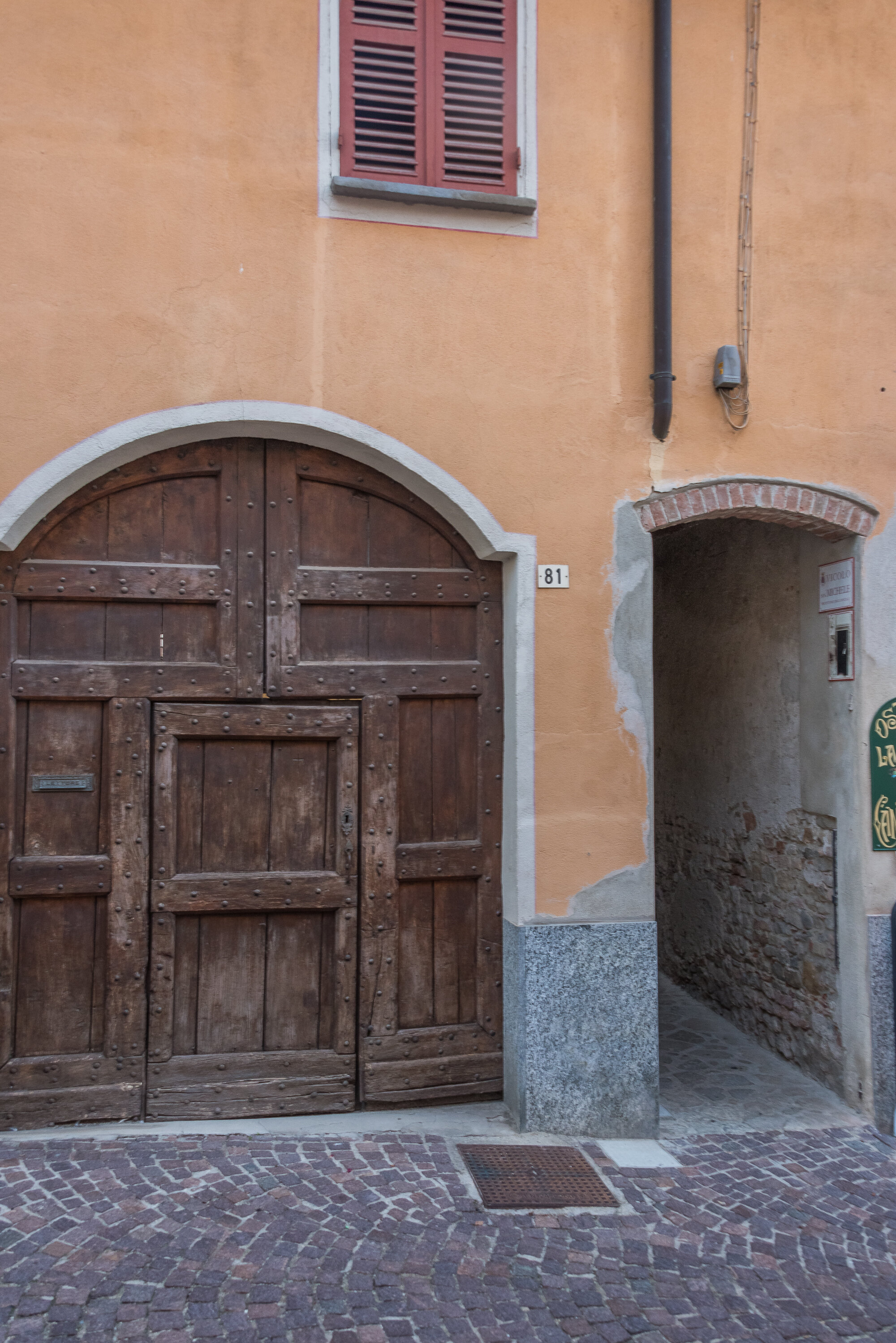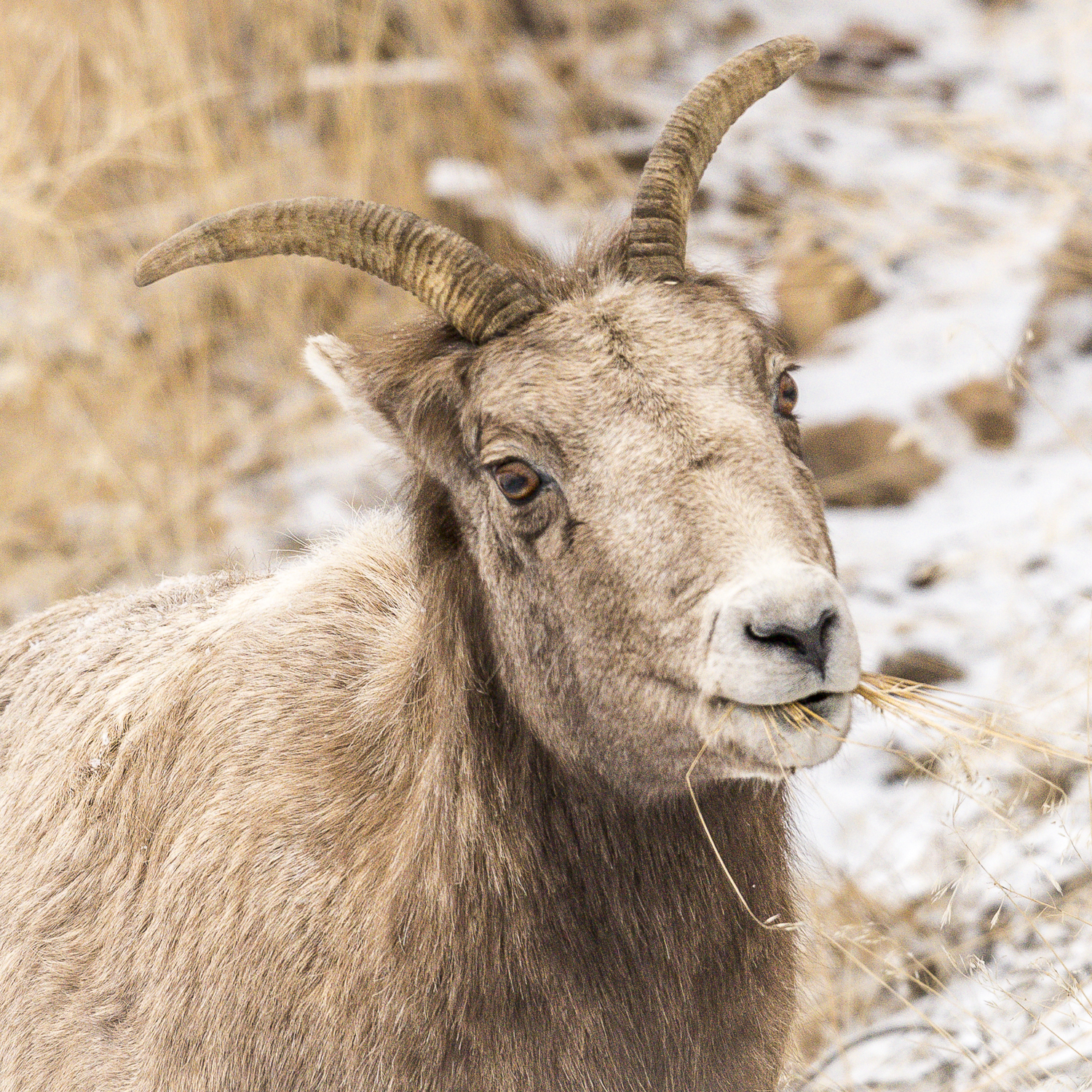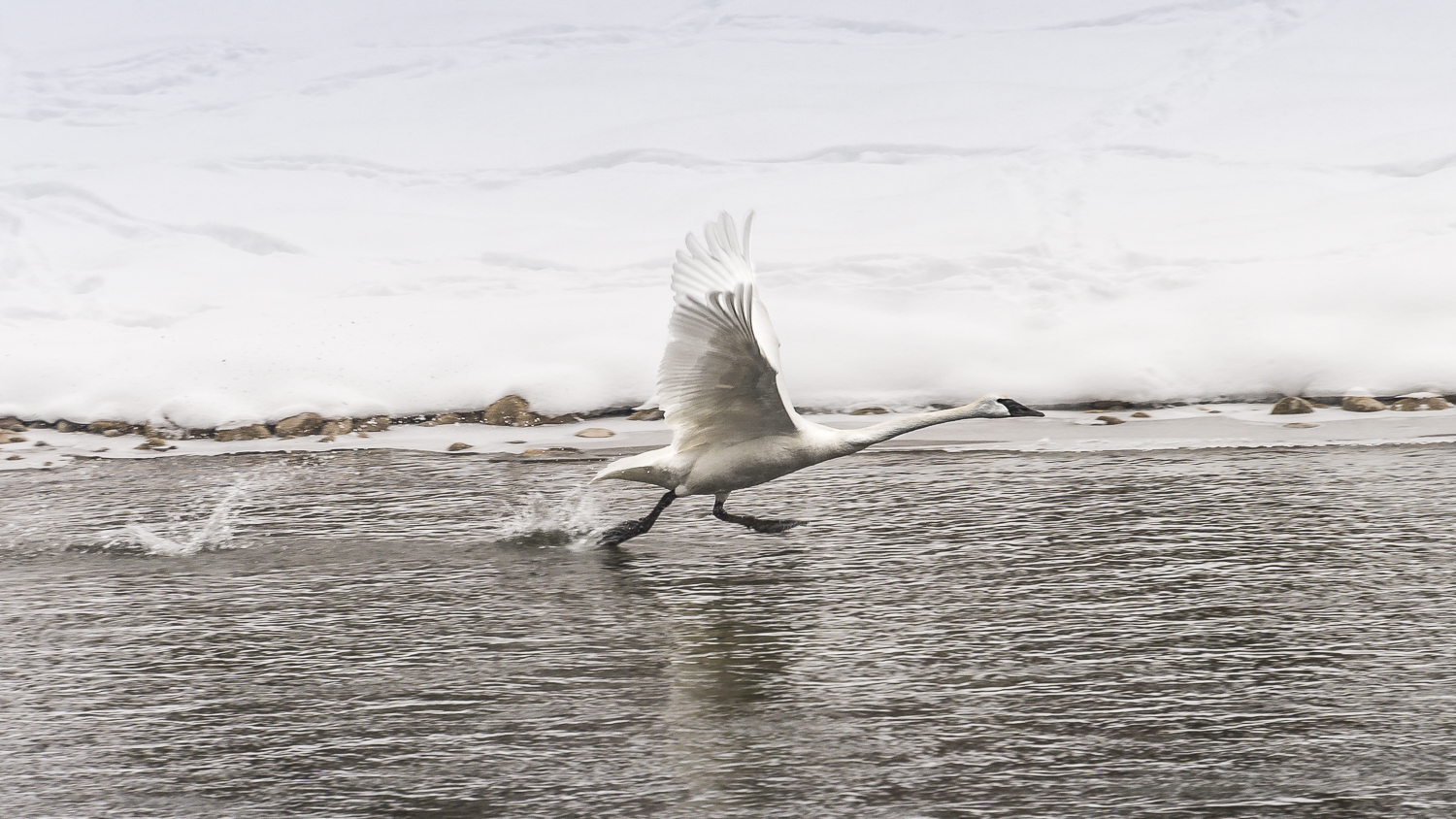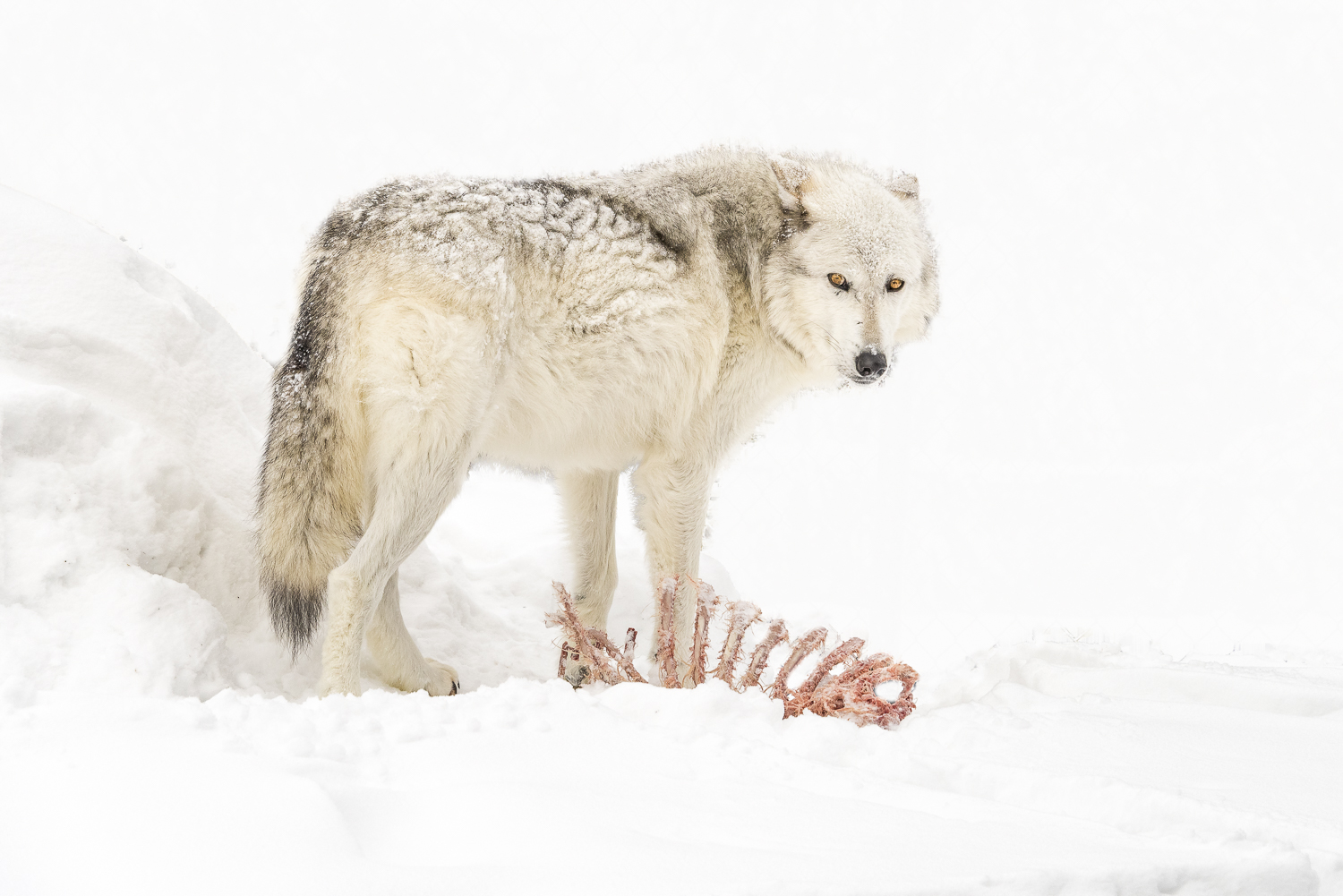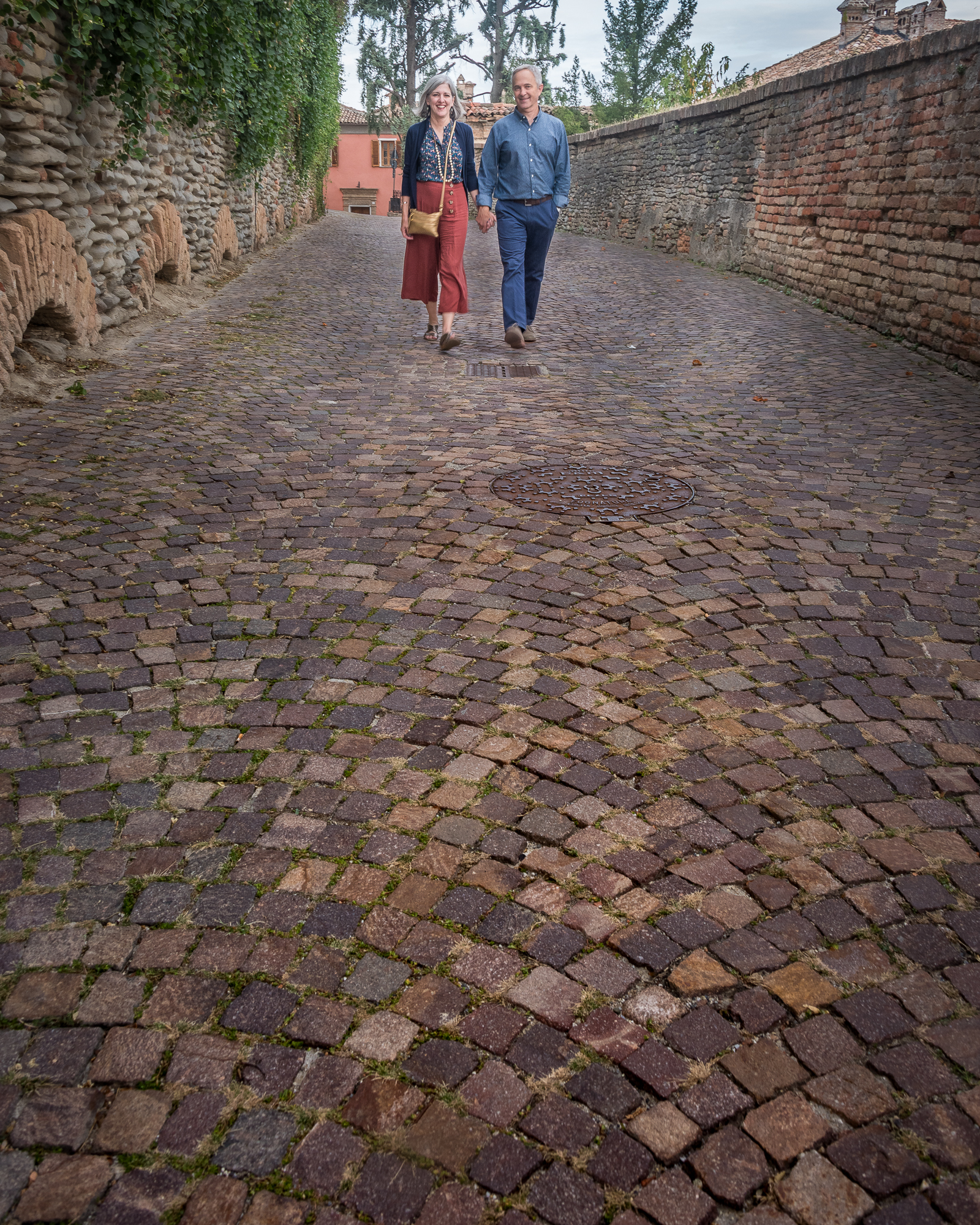Any idea how many different wine-producing companies there are in Italy? I don’t know either, but I know that there are a lot of them.
I now have a favorite in northern Italy (Banfi is my favorite Tuscan winery), and it is Allegrini. Read on and I’ll explain why.
Villa Della Torre
Our Visit to Allegrini Winery
We had a lovely 10am visit to Villa Della Torre headquarters of Allegrini wines. The Allegrini winery, situated in the heart of the Fumane region, is a beautiful and historical villa. Fumane is in the Province of Verona, in the Italian region called the Veneto, which is in the northern part of Italy.
The Allegrini family have been active in Fumane since the 16th century. The 6th and 7th generation of Allegrini are actively producing Allegrini wines today.
Olmo guided us around this lovely property. Here he explains the locations of the various vineyards of the Allegrini winery, as we wait to taste the wines of our tasting.
Sister-in-law Leslie looks about on the grounds of the Villa Della Torre.
The Villa Della Torre, was built in the late 1500s. One of the most mysterious features are the fireplaces, shaped like huge monsters…something to do with the Renaissance idea that man can tame nature, perhaps. Whatever the reasoning, the four different fireplaces are quite a spectacle. They represent, from left to right, the devil, a sea monster, angels holding open the mouth of some un-identified creature, and brother-in-law Craig with the lion fireplace.
Here, Olmo explains the soil layers of the vineyard that produces the grapes for the Palazzo Della Torre wine. Yes, this is a quality soil…very low on organics (i.e. dirt) and high on mineral.
The Wines of Allegrini
Below you can see a sampling of the wines produced by Allegrini. From left to right they are their white wine called Soave, the fabulous Amarone, Valpolicella Classico, Palazzo Della Torre, and their recioto (sweet) Giovani Allegrini.
The Grapes of Allegrini
Five grapes varieties are responsible for the red wines of Allegrini. They are (from left to right, below) Corvina Veronese, Corvinone, Rondinella, Molinara, and Oseleta. And a small bit of the Sangiovese grape is used in some of the wines.
The Palazzo Della Torre Wine
As it is an outstanding wine for the price, I will be focusing on the Palazzo Della Torre wine label.
Giovanni Allegrini began to cultivate the abandoned land of the Palazzo Della Torre. In 1978, the grapes grown there were used to make the first Palazzo Della Torre wine, but it wasn’t until 1990 that Palazzo Della Torre underwent a revolutionary technique known as ‘double fermentation’, and this is what put it on the wines-of-Italy map.
In the Palazzo Della Torre wine production, the grapes (Corvina Veronese 40%, Corvinone 30%, Rondinella 25%, Sangiovese 5%) are harvested by hand, rather than by machine.
About 70% of the grapes are pressed for their juice and then fermented in stainless-steel vats to produce a stage-one wine. While this wine is aging, the other 30% of the grapes are set aside for appassimento, or grape drying. These grapes are dried until January, at which point they are pressed for their raisined juice. This subsequent pressing, called a must, is added to the already produced wine, which regenerates it for a double fermentation — this in oak casks. What results is the absolutely delicious and reasonably priced Palazzo Della Torre wine. As it is usually less than $15, it is a fabulous bargain.
Click on the image to the right to see a nice diagram of the Palazzo Della Torre process
The Amarone Wine
OK, this is THE wine of northern Italy. If you want to splurge a bit with a truly fine wine, go for Amarone. Its richness of flavor is not in any way accidental…it is the appassimento process that makes this wine so fine.
Amarone production has similarities to the just mentioned Palazzo Della Torre in that its grapes (Corvina Veronese 45%, Corvinone 45%, Rondinella 5%, Oseleta 5%) are dried from 100-120 days (depending on the winter weather) before they are pressed for their juice. Where only 30% of the Palazzo Della Torre grapes are raisinated through appassimento, all of the grapes for Amarone are dried before pressing.
The soil for growing the grapes for Amarone is varied, but mostly clayey and chalky soils of volcanic origin. Hand harvesting of only select grape bunches is carried out in late September. The appassimento (drying process) finds the grapes being naturally dried for 3-4 months in the drying facility, where the grapes lose 40-45% of their original weight. They are then de-stemmed and soft-pressed in early January.
Appassimento - The Grape-Drying Process
Wonder what those raisinated grapes look like? The two photos below will give you an idea of the drying results.
The drying grapes are spread in plastic racks that are stacked in a drying warehouse. The odor from these drying grapes is marvelously heady.
Here is what the raisined grapes look like after drying.
So, that’s the story of our visit to the Allegrini winery. The visit was great, and the wines that they produce are of exceptional quality. Their Valpolicella, Palazzo Della Torre, and their Amarone come highly recommended by those of us who have tasted them. And then there is their recioto, or desert wine, known as Recioto Giovanni Allegrini…oh, so yummy.
Though you may not be able to visit the winery, you can visit their wines at your local wine store. And, you will probably find me pulling a few bottles off the rack, too.
Ciao for now,
Steve





